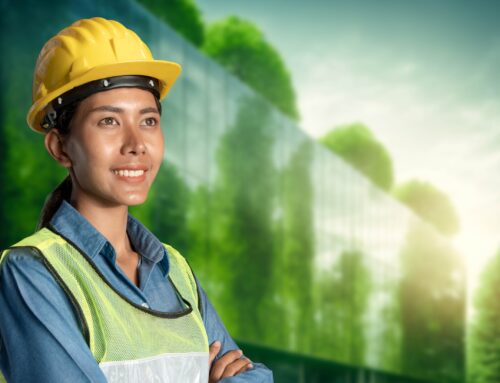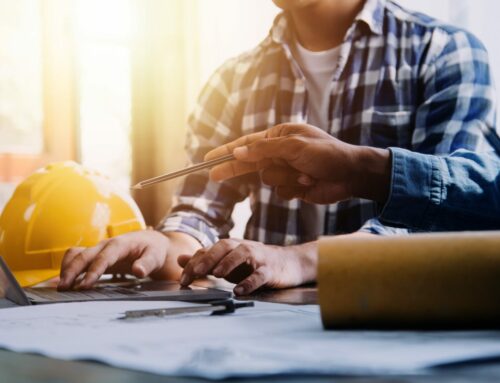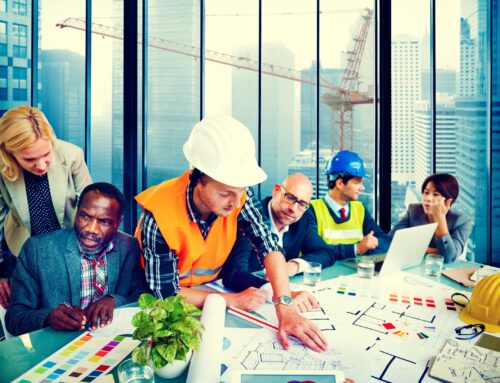Nearly all industries are seeing the promises of technological advancements – and the construction industry is no different. Thanks to a growing number of startup programs, things like artificial intelligence and 3D printing are continuing to become more affordable, allowing construction companies of all sizes and backgrounds to enjoy the benefits.
While the idea of your home being built by a robot or printed in pieces from a machine may still seem futuristic, these are real possibilities that may only be a few years down the line. And there is good reason for companies seeking to expedite the timeline; these are some of the greatest ways that companies – and, as a result, consumers – may benefit from these ongoing advancements.
Saves time and labor costs
AI can analyze a project’s needs in real-time to help make sure that they are staffed most efficiently. This can also positively impact project duration, which can save companies money on work permits. Furthermore, having these calculations done through AI produces much faster results with far fewer errors than if they were done by a project manager.
3D printing all or parts of a project can also greatly save on resources. For example, some companies have constructed a small home in less than 24 hours. Having technology that can work around the clock is a huge time saver.
Reduces material waste
Just as AI can increase efficiencies when it comes to staffing, this advanced technology can also do high-level calculations regarding the projection and purchasing of supplies. Over or under ordering can have devastating effects on a project’s budget and timeline, not to mention its environmental impact.
Many people are surprised to learn that 3D printing can produce satisfactory results in essentially any geographic environment. The important thing is to make sure that you are using the appropriate combination of materials and equipment.
Produces affordable options
When companies are able to save time and money on their projects, these cost savings are also passed down to the client. The same building company that produced a small home is less than 24 hours had a total cost of around $10,000. This means that affordable housing could soon benefit countless people around the globe.
Looking to the Future
So, what does this mean for you and your company? While this technology is continuing to advance and become commercially available, much of it still needs to meet existing building standards and gain industry approval in a number of countries. Although it is well on its way to doing so. And don’t start thinking about layoffs just yet. While this technology can definitely cut down on the number of staff needed for a project, you will still need a team that knows how to manage the equipment and who can provide ongoing oversight and supervision.
Photo by Annie Spratt on Unsplash









